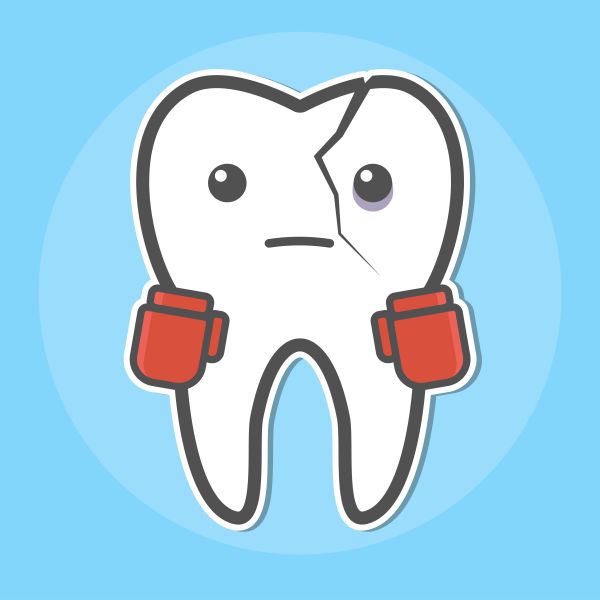What Are the Different Types of Tooth Wear?

Teeth gradually deteriorate across the aging process as a result of tooth wear. Some patients experience tooth wear as early as the teen years. Tooth wear is the gradual loss of the tooth surface as a result of decay or trauma. Tooth wear gradually worsens with age, so it is essential to be proactive now to set the stage for dental health across posterity. Below, are some of the different types of tooth wear.
Abrasion
Abrasion is a particularly common type of tooth wear. This form of wear occurs as foreign objects contact and move against the teeth. Abrasion causes a gradual loss of tooth enamel. Enamel loss results from a mechanical action aside from bruxism. This form of tooth wear is usually attributable to brushing with too much force. Those who brush too hard gradually damage the teeth's enamel and elevate the notch at the crown's junction with the root.
Those who use their teeth as tools also suffer from abrasion. As an example, using the teeth to open bags or remove bottle caps will likely spur considerable abrasion. Even using an abrasive toothpaste has the potential to cause tooth wear in time. It is best to use a soft-bristled brush and move it in circular motions across the entirety of a person's teeth. Unfortunately, plenty of people rely on a horizontal brushing technique that is overly intense and abrasive. If someone suspects or knows tooth abrasion is occurring, he or she should meet with a dentist to review brushing techniques.
Attrition
Attrition is the gradual loss of tooth enamel. This form of tooth wear typically occurs from by clenching and grinding of the lower teeth with the upper teeth. The extent of attrition hinges on the pressure applied when grinding or clenching the teeth. It is interesting to note those who consume a diet rich in fiber tend to have more attrition than those who consume the normal amount of fiber. However, everyone will experience this form of tooth wear in due time.
Erosion
Erosion often results from elevated levels of intrinsic or extrinsic acid in the mouth. Alterations in saliva flow also contribute to erosion. Erosion can also occur as a result of gastroesophageal diseases.
Abfraction
This form of tooth wear is a wedge-shaped flaw that impacts the cervical portion of the teeth. Abfraction often looks similar to cervical abrasions or tooth erosion. Once abfraction occurs, the damaged portion has the potential to become more significant with abrasion, erosion and/or attrition.
Contact Your Dentist's Office Today
If you suspect you have tooth wear or any other oral health issue, give us a call. Even if you do not have a dental problem, it is in your interest to have an oral health exam and teeth cleaning every six months. Give us a call today to schedule an appointment.
Request an appointment in our Chicago dentist office here: https://smilesonmichigan.com.
Recent Posts
Treating a chipped tooth is important, even if the damage is small. A general dentist can treat this type of dental issue. The solution to the chipping will depend on the degree of damage. Here are the details on how a dentist can repair a chipped tooth.The dentist can offer this minimally invasive and inexpensive…
It is important to repair a chipped tooth promptly to prevent the issue from worsening or symptoms of the chipped tooth from lingering for longer than what is necessary. When seeking prompt care for a chipped tooth, the treatment is often less invasive and more affordable for the patient as well.When visiting a dentist for…
A chipped tooth can cause pain and lead to more issues with eating, speaking and other normal functions.No matter the extent of the chip, it is crucial to call us right away in the event of a chipped tooth. By acting fast, we can help to either restore the tooth or repair it. With our…
Many times, dental crowns are used to repair weakened or damaged teeth, especially those impacted by severe decay. However, this type of treatment also has a place in cosmetic dentistry. It can often be used to improve the overall look of a patient's smile.While at first glance they can seem like little more than a…